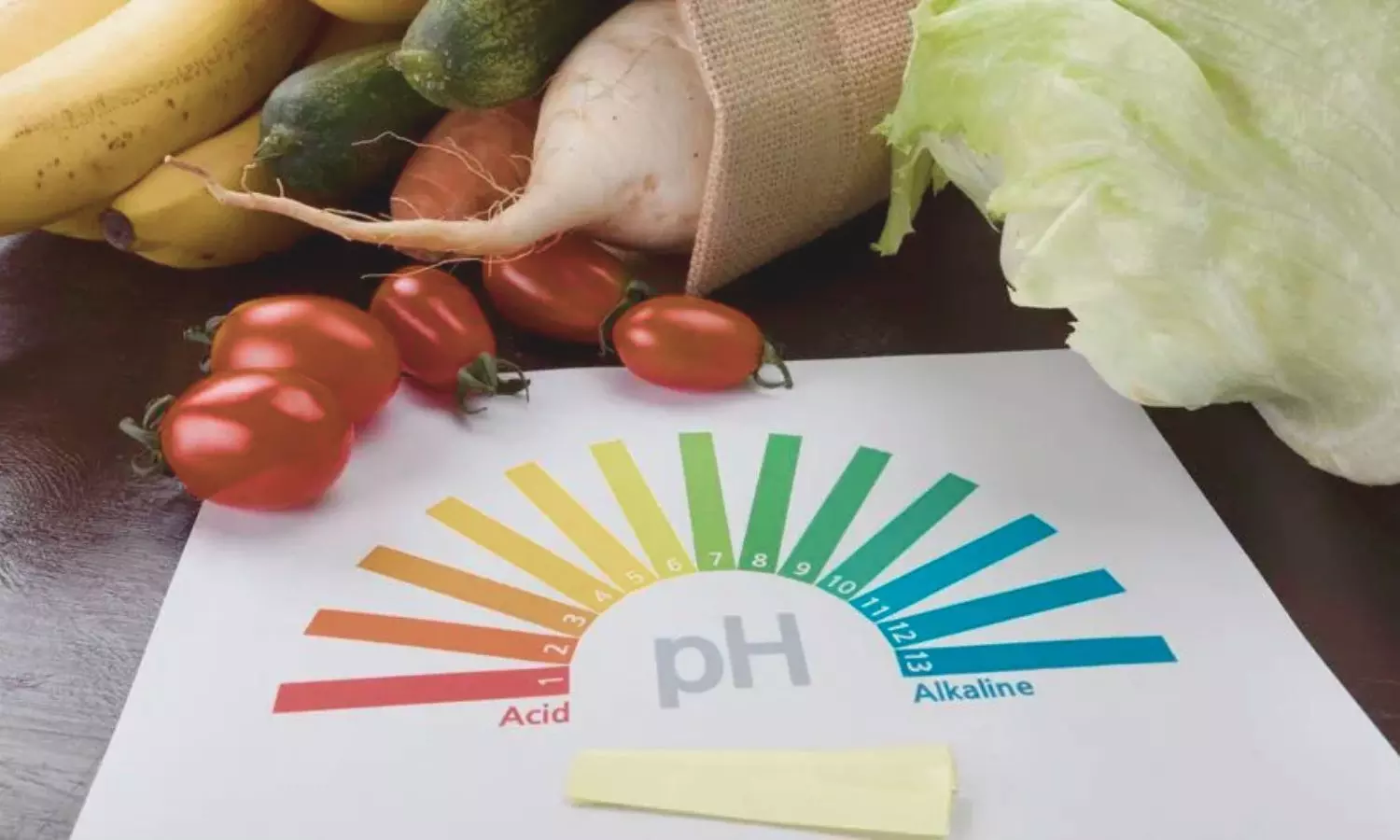High Dietary Acid Load Linked to Increased Risk of Knee Osteoarthritis, Study Finds

Iran: A new case-control study published in Scientific Reports has shed light on a potential dietary risk factor for knee osteoarthritis (KOA), suggesting that a higher dietary acid load (DAL) may significantly increase the odds of developing the condition. The study was conducted among adults aged 40 years and above in Zabol County, Iran, and adds to growing evidence that dietary habits could influence joint health through mechanisms such as systemic inflammation.
Knee osteoarthritis is a prevalent degenerative joint disorder that causes chronic pain and reduced mobility, especially in older adults. In recent years, researchers have increasingly focused on modifiable lifestyle factors—particularly diet—to better understand and potentially prevent KOA. Emerging evidence points to dietary acid load as a contributing factor, with its role in promoting systemic inflammation linked to the development of the condition.
Against the above background, Farshad Amirkhizi, Department of Nutrition, School of Public Health, Zabol University of Medical Sciences, Zabol, Iran, and colleagues conducted a case-control study to examine the association between dietary acid load and the risk of knee osteoarthritis in adults aged 40 years and older.
For this purpose, the researchers recruited 150 newly diagnosed knee osteoarthritis patients and 300 matched controls based on age, sex, and BMI from Zabol County, Iran. They evaluated dietary intake using a validated food frequency questionnaire and calculated dietary acid load based on nutrient composition. To assess the association between DAL and KOA risk, logistic regression analysis was performed, adjusting for potential confounding variables including physical activity, smoking habits, and supplement use.
Key Findings:
- Individuals in the highest dietary acid load (DAL) quartile had significantly greater odds of developing knee osteoarthritis (KOA) compared to those in the lowest quartile (OR: 2.48), even after adjusting for confounders.
- The likelihood of KOA increased progressively across DAL quartiles in both men (OR: 2.52) and women (OR: 2.55), following adjustment for potential confounding variables.
The study showed a significant link between high dietary acid load and increased odds of developing knee osteoarthritis, particularly among the Iranian population.
“These findings highlight the potential of dietary interventions focused on lowering dietary acid load as an effective strategy for preventing or managing knee osteoarthritis, particularly in aging populations,” the authors noted. They further emphasized that with the growing prevalence of KOA, identifying and understanding modifiable dietary risk factors is becoming increasingly crucial.
Concluding their study, the researchers stressed the importance of conducting further longitudinal investigations to confirm these associations and explore causal relationships. Such efforts, they stated, could inform clinical practices and public health strategies aimed at enhancing joint health and alleviating the overall burden of osteoarthritis.
Reference:
Moludi, J., Fateh, H. L., & Amirkhizi, F. (2025). Dietary acid load and the odds of knee osteoarthritis: A case–control study. Scientific Reports, 15(1), 1-7. https://doi.org/10.1038/s41598-025-98307-2
